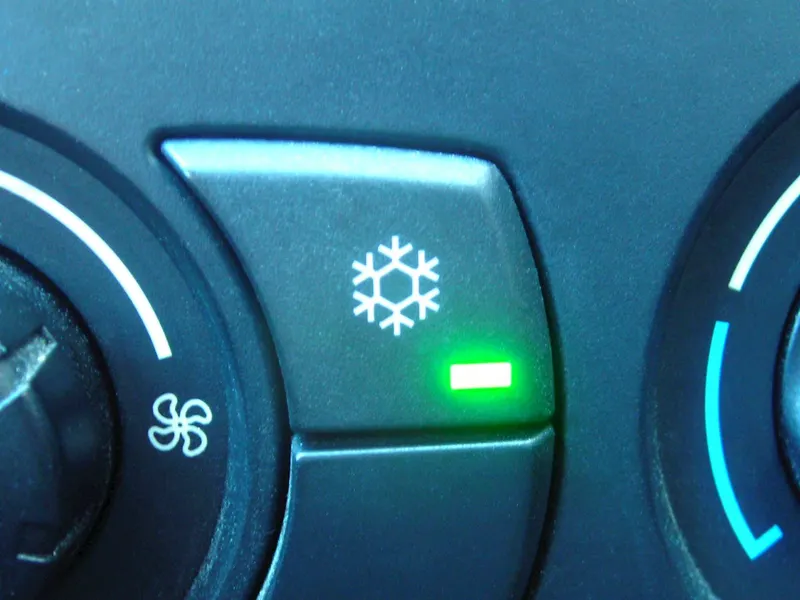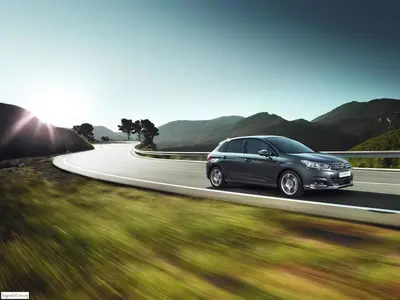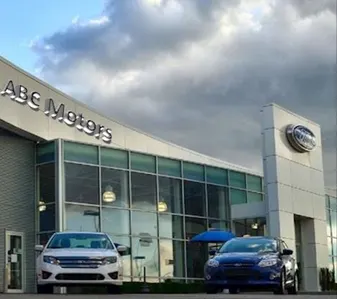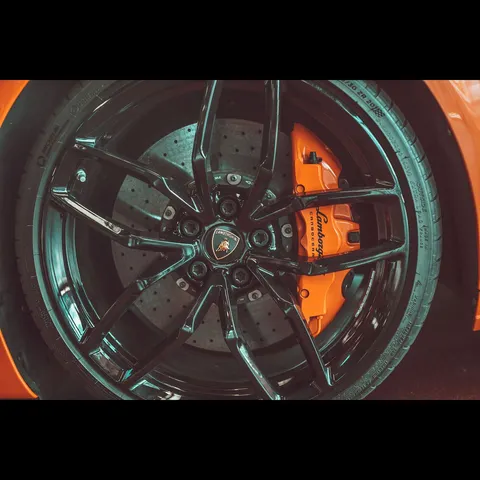When the days are long, hot, and sweaty, there is nothing like sitting in your vehicle and running the air conditioner to cool off. We sometimes take this marvellous invention for granted because a lot of us do not know what it was like way, way back in the day when air conditions for automobiles first came to be.
In 1939, the first automobile manufacturer to offer air conditioning systems in their vehicles was the company, Packard. These systems were manufactured by Bishop and Babcock Co., which also incorporated heaters with the air conditioning units.
Once completed, the cars were shipped to a local dealer with the “Weather Conditioner” in them where the customers could purchase them.
The car conditioners were marketed well by Packard who also provided full warranty on the units, but they were commercially unsuccessful.
Here 10 cool facts you did not know about your cars air conditioner:
- During the post-war period, trunks became larger, but prior to this, the main evaporator and blower system took up half of the trunk space.
- Other then shutting the blower off, there was no temperature thermostat or shut-off mechanism, thus, cool air would still sometimes come into the passenger compartment.
- The plumbing service, which was several feet, that went back and forth to the trunk proved unreliable.
- The US price was unaffordable to most Americans during the post-depression/pre-war eras. It cost $274, which calculates out to be $4,881 US dollars in 2017.
- The option to have an air conditioner in your car was discontinued after 1941.
- After 12 years, the car air conditioner made a comeback with the Chrysler Airtemp, which was more advanced in reducing the staleness associated with the automotive air conditioning at the time.
- The 1953 Chrysler Imperial was one of the first production cars to offer air conditioning as an option in more modern automobiles.
- GM cars offered small ducts that directed cool air toward the ceiling of the car, which filtered down onto passengers, rather than air blowing directly on them.
- Buick, Oldsmobile, and Cadillac added the option of air conditioning on only some of their 1953 models.
- In new automobiles, the air conditioning system uses around 4 horsepower of the engine's power, thus increasing fuel consumption of the vehicle.
Many companies have re-invented the air conditioning systems over the years and we are sure glad they did, especially on those hot summer drives.











